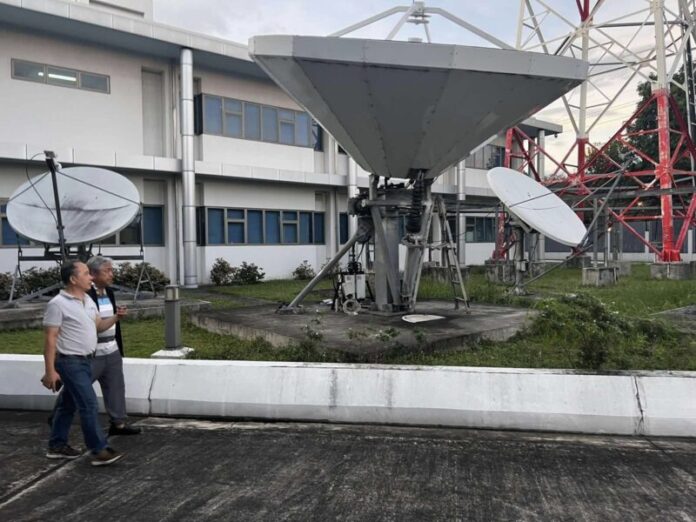
-
The Bureau of Customs-Ninoy Aquino International Airport is ready to handle cargoes affected by the air traffic fiasco on January 1 that led to massive flight disruptions
-
BOC-NAIA district collector Carmelita Talusan said operational paradigms are being followed with optimal results achieved
-
A freight forwarder said the disruption, caused by a severe power outage in the air traffic system, has had little effect on operations
The glitch in the country’s air traffic system on January 1 seems to have had little effect on the air cargo industry.
For those shipments that have been affected though, the Bureau of Customs (BOC)-Ninoy Aquino International Airport (BOC-NAIA) expressed readiness to handle them.
BOC-NAIA district collector Carmelita Talusan, in a text message to PortCalls, said they are following “operational paradigms” and “achieving optimal results”, noting continuous release in shipments.
The district is no stranger to heavy volumes. Talusan noted that during the ‘ber’ months and the start of the year, air cargo volumes usually increase as people send and receive more packages and cargo due to the holidays.
And with eased pandemic restrictions, Talusan said volume has increased steadily with more shipments allowed to arrive.
BOC-NAIA handles most of the country’s air cargo shipments. Its jurisdiction covers the main gateway, NAIA, other air cargo facilities, and special economic zones.
An executive from a multinational freight forwarding company said few shipments were being handled by her team when the glitch occurred so it did not impact operations in a big way.
Still, she said, they were caught off guard by the incident.
“Even the airline staff were caught off guard. Normally, cancellation of flights can be expected due to natural and unavoidable catastrophes or acts of God. This air traffic control system failure is something unexpected,” the executive who did not want to be named said, adding that they expect flights to normalize after 72 hours, as earlier advised by airport authorities.
The executive said they just had “just a day’s delay” for urgent shipments which are small in volume to begin with.
Manila International Airport Authority (MIAA) general manager Cesar Chiong on January 1 said they expect full recovery of flights in 72 hours.
The Civil Aviation Authority of the Philippines’ (CAAP) communications, navigation, surveillance/air traffic management (CNS/ATM) system went down 9:49 am on January 1 due to severe power outage, which resulted in the loss of communication, radio, radar, and internet.
This brought about suspension of flight operations in the country’s main gateways, including NAIA, Clark International Airport, Mactan-Cebu International Airport, Davao International Airport, and other CAAP-operated airports.
As of 4 p.m. on January 1, the system resumed partial operations with limited capacity, and by 5:50 pm resumed normal operations while equipment restoration was still ongoing.
MIAA said they will operate 24/7 and open NAIA’s runway from 1:30am to 3:30am—a period when the runway is usually closed—to allow airlines to mount more flights and night landings.
The Department of Transportation, meanwhile, said they are planning to procure a backup system for the CNS/ATM, which CAAP admitted “is already outdated.”
CAAP’s CNS/ATM, which was completed in 2017 and inaugurated in January 2018, is a state-of-the art computer and satellite-based air traffic management technology similar to those in use in Australia, Taiwan, and European countries. It started comprehensive operations in July 2019.
The CNS/ATM project started in 2009 but due to delay in construction and other challenges, it did not hit its target completion date in 2016. – Roumina Pablo




